Despite the fact that artichokes are more generally associated with the vegetable category, the edible portion of the plant is actually a flower bud. The artichoke produces a single purple flower after blossoming, but most are picked for nourishment before that happens.
Steamed artichokes are delicious on their own or as an addition to dips and sauces because of their soft texture and sweet, earthy flavour.
When in season, you can find fresh artichoke in stores between the months of February and June, or September and December.
Table of Contents
What are artichokes?
Pinecone-shaped artichokes are also known as globe artichokes and French artichokes. Actually, these are the buds of the thistle plant, which are considered a vegetable by many. The greenish-purple, fibrous outer petals of the artichoke bulb shield the choke, which is inedible, and the heart, which is edible. The artichoke is no longer edible once the bud has opened into a flower.
There are two times of year when artichokes are at their peak: early spring (March to June) and late autumn (September to October).
How to prepare artichokes?
The thought of preparing a fresh artichoke can be daunting if you've never done it before, but it's actually rather simple. Remove the artichoke's stem after washing it thoroughly. The artichoke should be steamed for 30 to 40 minutes with the petals slightly opened.
There are a variety of ways to enjoy your steamed artichoke. It is common practise to remove the artichoke's outer leaves before eating the "heart." The leaves, however, contain some of the plant's greatest nutrients. Pull off the leaves of the artichoke and scrape the meaty area with your teeth to gain the full health benefits.
Seasoning artichoke leaves is easy, and there are plenty of recipes online to show you how. Canned or jarred artichoke are also available for use in sauces, pastas, and stir-fries.
Health benefits of artichokes:
For healthy gut:
Improved immunity, nutrient absorption and better digestion have all been linked to artichoke's prebiotics and probiotics, all of which are present in the vegetable. A healthy microflora in the gut is crucial for preventing the overgrowth of harmful microorganisms.
To reduce inflammation:
Artichokes have been used for centuries as a digestive aid, and their anti-inflammatory properties have been linked to improvements in gastrointestinal motility and the reduction of IBS symptoms like bloating, abdominal pain, and cramping.
For Slowing Down the Ageing Process
Artichokes have the highest concentration of antioxidants of any vegetable. Polyphenols in artichokes were recently revealed to be effective anti-inflammatory agents, with positive effects on gene expression related to anti-aging and protection of lymphatic arteries from oxidative damage.
As Suppressant of Appetite
Incorporating extra fibre into one's diet has been shown to help people feel fuller on smaller portions. Artichoke inulin, a type of prebiotic fibre, appears to have significant benefits in terms of maintaining a healthy weight.
Prebiotics have been shown to increase glucose tolerance, decrease hunger, and reduce fat mass when consumed on a daily basis.
Aids to Sleep
Magnesium supplementation improved subjective indices of insomnia, sleep efficiency, sleep time, and early morning wakeup in a double-blind, placebo-controlled clinical experiment.
One medium artichoke has 77 mg of magnesium, which is about 20% of the RDI.
Regulation of Blood Glucose
Probiotics are microorganisms that are similar to those already present in the human body; prebiotics like the inulin found in artichokes promote the growth and health of these probiotics. Recent research synthesised the benefits of probiotics on inflammation, insulin sensitivity, and autoimmune response.
Safe for Special Diets
Artichokes are suitable for anyone's diet and lifestyle because they are devoid of gluten, grains, dairy, nuts, and nightshades and contain few calories and fat. Artichokes can be a great addition to your diet if you follow a vegetarian, vegan, paleo, or keto eating plan.
How to cook with artichokes?
Cooking is required prior to consuming an artichoke. Common methods include baking, grilling, microwaving, boiling, braising, and roasting. One of the simplest and most common ways to prepare an artichoke is to steam the entire vegetable. Many other meals, such as dips, pasta, and soup, also benefit from the addition of artichoke hearts.
If you take the time to clean and trim an artichoke before cooking it, you'll have a much better meal. The thorny crown, leaf tips, and base stem must all be removed before the plant can be used. Once cooked, the inner leaves and meaty heart are tender and creamy, but the tough outer leaves must be removed to get to them.
How does artichokes taste?
The artichoke's signature flavour is a nutty one. Because of this, many chefs opt to deal with the thorns instead of risk losing flavour by using thornless types.
How to store artichokes?
Artichokes should be used the same day they are purchased because you never know how long they have been sitting on the supermarket shelf. Instead, fresh artichokes can be stored in the fridge for up to seven days. Cut off a little piece of the stem, sprinkle the exposed end with water, and then place the stem in a plastic bag for storage.
Before being placed in the freezer, artichokes must be cooked. It will turn brown if you freeze it fresh, and the flavour and texture will suffer as a result. Whole cooked artichokes can be frozen for up to eight months if they are drained well, wrapped snugly in foil, and then stored in plastic freezer bags or an airtight container. Artichokes that have been cooked can be stored in the refrigerator for up to five days if they are wrapped tightly in plastic and sealed. It can be used again in other recipes, such as tacos, spaghetti, or eggs

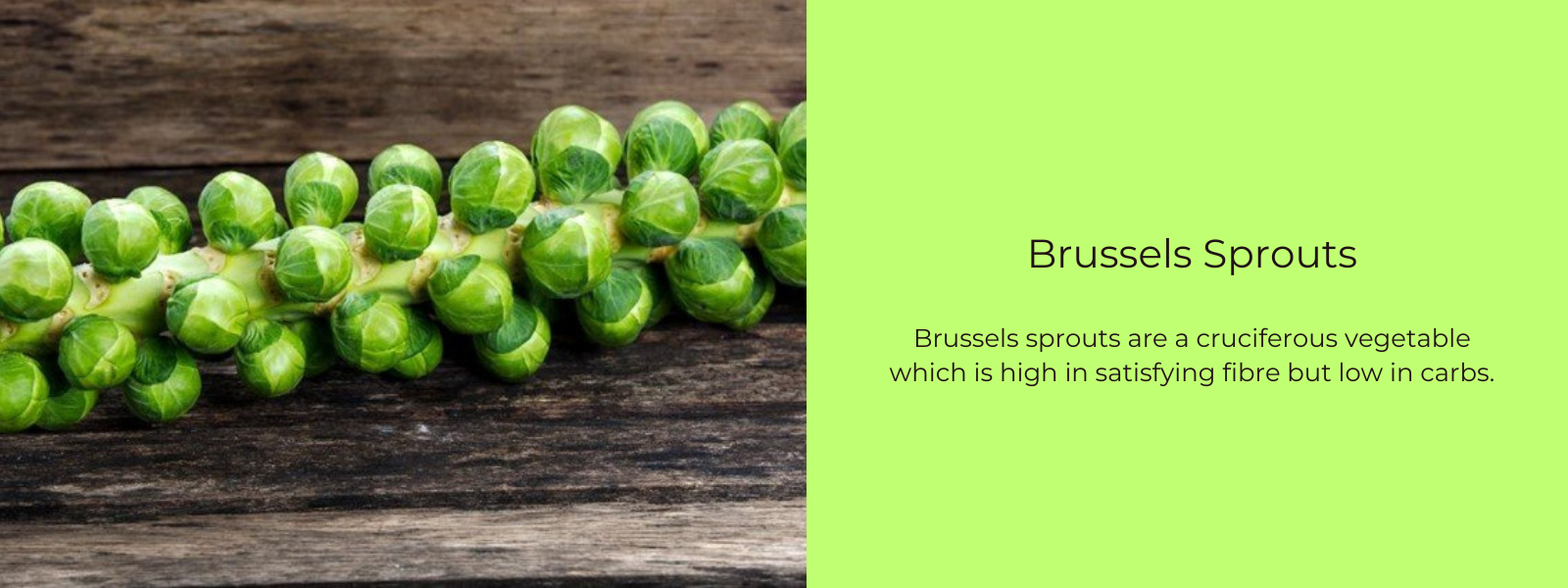
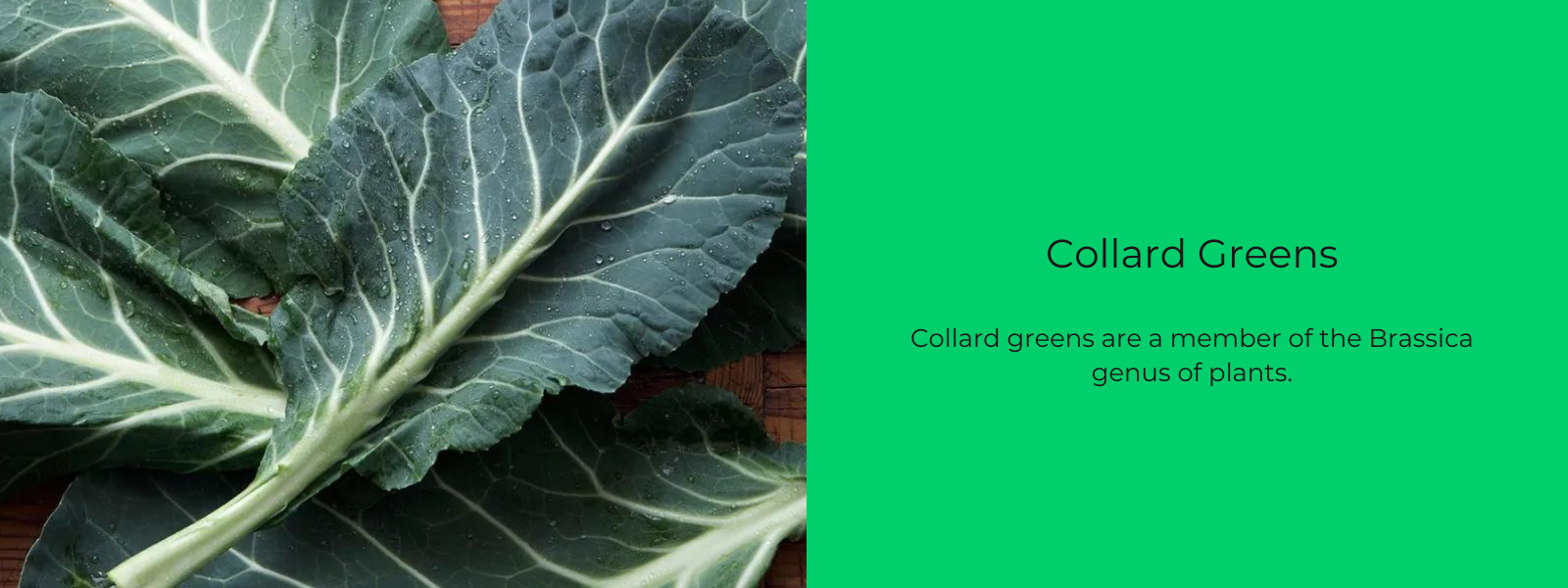
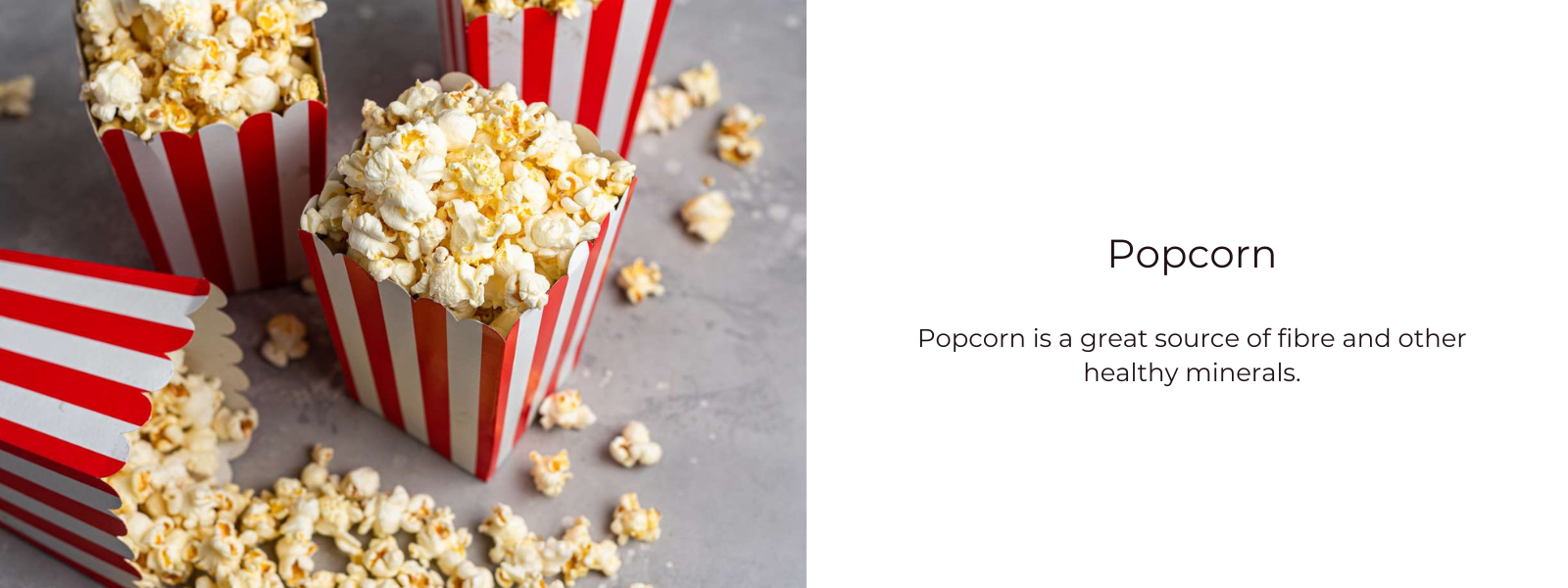
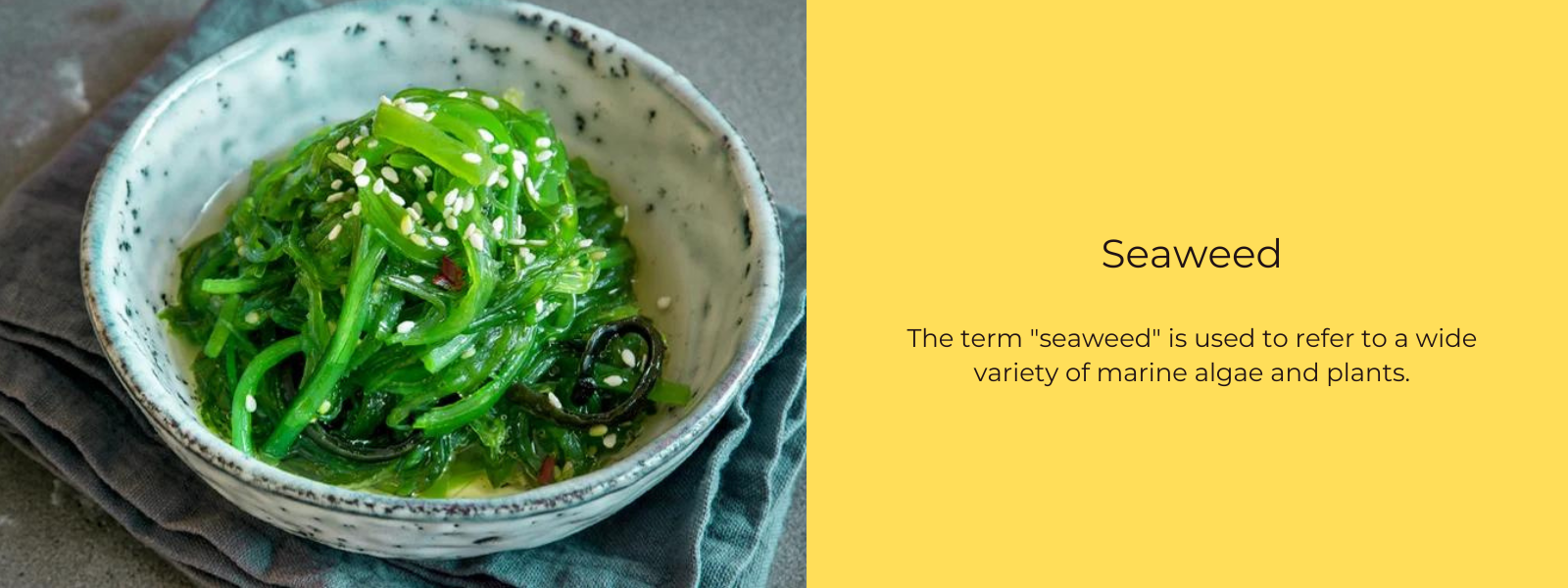

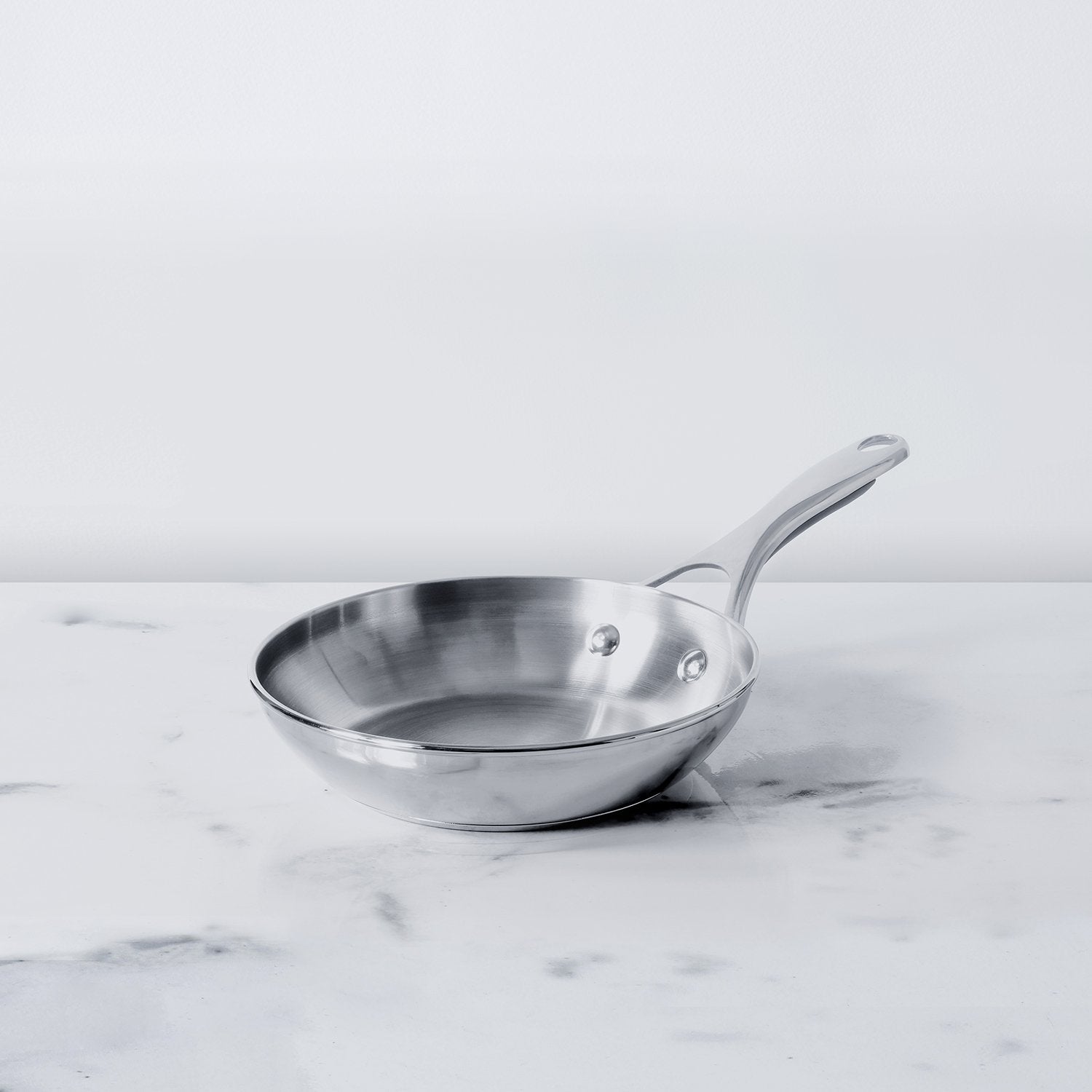




Leave a comment